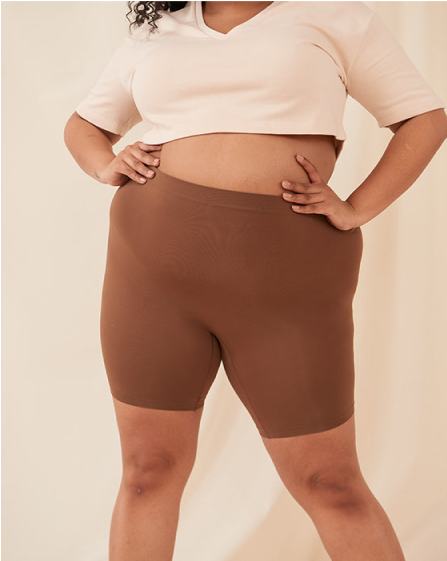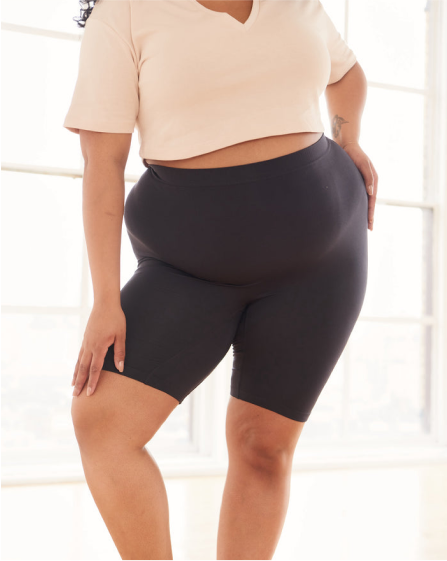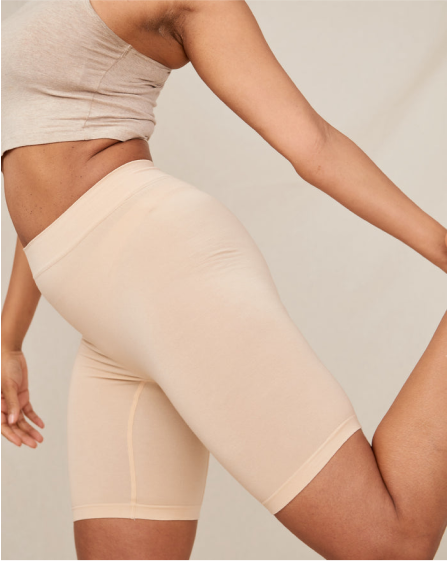Table of Content
Table of Content
No one is immune to bad body image days, when you look in the mirror and don’t exactly love what you see. When body positivity became mainstream in the 2010s, we were encouraged to love ourselves all the time. But for many, body neutrality might be the more authentic way forward in our self-love journeys.
The body positivity movement certainly wasn’t new in the mid-2000s, but became popular thanks to social media and lifestyle bloggers. It spread partly in response to the unrealistic beauty standards and body ideals that plagued the 1990s and early aughts, and was a welcome reprieve to the constant message from society that to be thin and conventionally beautiful is the one and only goal.
So the response was to swing the pendulum in the opposite direction and radically love our bodies, no matter what, in the face of what we’ve been told to do: hate our bodies. For many though, this message didn’t ring true — loving ourselves and our bodies all the time isn’t realistic. And that’s where body neutrality comes in.
What is body neutrality?
It’s a long way to jump from hating to loving your body. A relatively new term, body neutrality entered the zeitgeist around 2015, popularized by eating disorder specialist Anne Poirier who defined it as “prioritizing the body’s function and what it can do rather than its appearance.” Body neutrality is the answer to that middle ground, a neutral place to stand between hating and loving oneself. It’s about accepting your body as it is, in its current state, without trying to change or fight it, or engaging in the negative dialogue that goes on in our minds about what needs to be fixed.
Practicing body neutrality also means not forcing yourself to love your body at all costs, and accepting the negative body image days as they are. Because while speaking negatively about our bodies isn’t exactly great for our mental wellbeing, neither is shaming ourselves for having negative thoughts.
While the word “body” is in the term, it’s actually not about our bodies at all. Body neutrality aims to take the focus off our bodies all together and remember that personal happiness doesn’t depend on how our outsides look at all. It’s about self-compassion. A body is a body. Period.

Body neutrality vs Body Positivity - What's the Difference?
Body positivity was exactly the answer we needed to decades of body hatred. It introduced to the world the idea that we are all beautiful no matter what, and encouraged partaking in self-love practices like daily affirmations to remind ourselves that we’re beautiful. It was (and still is) important to see bodies of all sizes being represented in their glory, and have messages of self-love and desirability attached to them. But sometimes things can be a bit too good to be true, and eventually these body positivity influencers and their loyal followers started asking the question: What if I don’t love my body all the time? Can I still be body positive?
This paved the way for a new mode of thinking, and a trend towards being honest and open about those less gorgeous body image days. A turn towards accepting that we don’t have to love our bodies all the time — and not shaming ourselves for that. It turned out that this honesty, acknowledging that our bodies have imperfections or limitations and just being okay with that, resonated. Not forcing ourselves to feel any sort of way about our bodies, and instead accepting them as they are and as they function, is a stepping stone towards body neutrality.
What if body neutrality doesn’t work for me?
Neither path is the “right” one. You get to choose whether body neutrality or body positivity resonate more with you on your current journey. Perhaps you need to lean into radical body love, using positive thoughts and affirmations to help redirect and chip away at negative thoughts. If being positive when you don’t actually feel positive doesn’t work for you, aiming for body neutrality and acceptance might better meet you where you’re at.
And guess what? You don’t have to choose one or the other. Some days, hyping yourself up in the mirror might be exactly what you need. Other days, simple acceptance for where you are may be more helpful. The bottom line is: No one knows what works best for you except for you. Body neutrality is simply another way to find a bit more ease and self-compassion in life.








